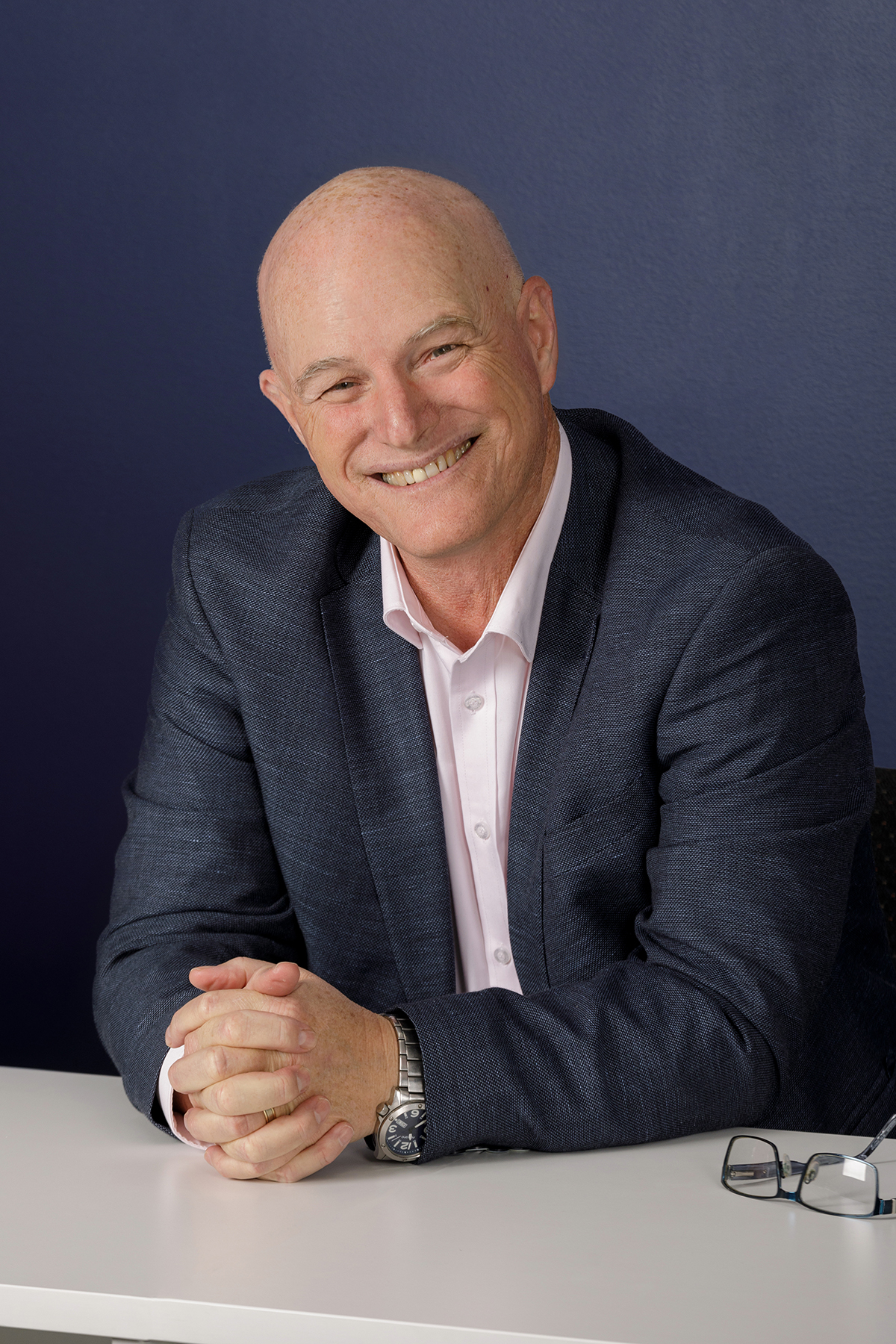Blog
What's the renewables sector and how does it affect me?
Well, a lot, really. We're at the start of a significant transformation where how we generate and distribute energy is about to be upended.
And it's not just our homes, shops and offices that will see change. Manufacturing and transport will see diesel and gas fuel replaced by fuels such as hydrogen. Importantly, for Australia to be carbon-neutral by 2050, these new fuels have to have nil or balance carbon budgets. For the electrolysis process, the renewable power of wind and solar results in the "green hydrogen" label.
Traditionally, we've had a "hub and spoke" power distribution system. The power stations such as Liddell and Bayswater are the "hub": the large 330kV lines to the regional substations are the distribution systems or "spokes".
As the old coal-fired generators are retired, the solar and wind farms will take over. The "hub and spoke" system will be reshaped to accommodate a lot more renewable energy. In addition, there is a push to improve the linkages between Queensland and NSW as part of the national energy market.
Large 500kV powerlines are planned. These lines will connect the identified NSW renewable energy zones providing transmission of renewable power to the users. The existing 330kV lines aren't enough, and besides, they were designed for one-way flow.
The NSW government has established 5 renewable energy zones (REZs): New England, Central-West Orana, South-West, Hunter-Central Coast and Illawarra. See https://www.energy.nsw.gov.au/renewables/renewable-energy-zones.
Most people are familiar with solar and wind turbines. Wind blows, and the turbine spins: the sun shines, and electrons are generated. The problem is the lack of baseboard capability. Batteries are fine for short term power fluctuations, with pumped hydro and hydrogen providing sustained baseload demand; this means a stable and continuous supply is needed.
A wind turbine farm is located at Glen Innes. Solar farms are being developed at Uralla and Metz east of Armidale. Batteries are planned for both. All use the existing grid. Pumped hydro is being considered at some dams, with some dams currently hosting small generators. Except for pumped hydro, there's no significant baseload capacity.
The next step to Carbon Zero is large scale "green" hydrogen. The NSW and Commonwealth governments promote renewable hydrogen where solar or wind-generated power energise electrolysis to split H2O water molecules and capture the hydrogen part. The hydrogen gas or ammonium solid is distributed to the client.
Most think hydrogen will be shipped to Sydney or Newcastle. That's where the population and industries are. But when you consider why industry is located where it is, it's generally due to proximity to power. If industry is located near the power source, then people will typically relocate to where the jobs are.
So if industry wants to relocate, what types of industry and where do they want to go. Probably to regional cities that already have social infrastructure. Major centres near renewable zones are on the cusp of an opportunity to expand their economies and their populations. It'll be difficult, and some projects may fail and not turn out as planned.
Hydrogen is going to be a game-changer. Batteries can only supply a couple of hours of power, whereas hydrogen gas can provide energy over many hours or even days. Pumped hydro is only suitable for 8 to 10 hours. Hydrogen vehicles are on their way too.
Solarig submitted a proposal to the NSW govt in July of this year for the Inverell district. Hydrogen is an option for Long Term Energy Storage (TES). The NSW govt has called for projects for LTES in the New England area. They are committed to the project even if the application is rejected.
Tamworth is the entranceway to the New England REZ. Together with the Inverell and Uralla districts, the Tamworth district will be a net contributor to the renewable energy output. The people and businesses of Tamworth will be also become consumers of locally produced hydrogen energy.
Life would be boring if we didn't like these challenges. If you think we can help you embrace this change, please contact us.

